Jeff Wall, Actuality
Finally, after numerous exhibitions in the most important museums of the world, PAC – Contemporary Art Pavilion in Milan hosts the first Italian solo show by the Canadian photographer and artist Jeff Wall (Vancouver, 1946). Actuality is the title chosen for the exhibition by its curator Francesco Bonami. The title reflects the artist’s will to set up each of his selected 42 works – among new and already displayed ones – in a conceptual way; in a tangible horizon, contingent to the reality and to the daily experience. Yet, everyone overlooks Wall’s art for the first time can have the double feeling to be in front of images without time; visions, which float vaguely in a recent past (thanks to the photographic medium), and a moment that is about to happen.
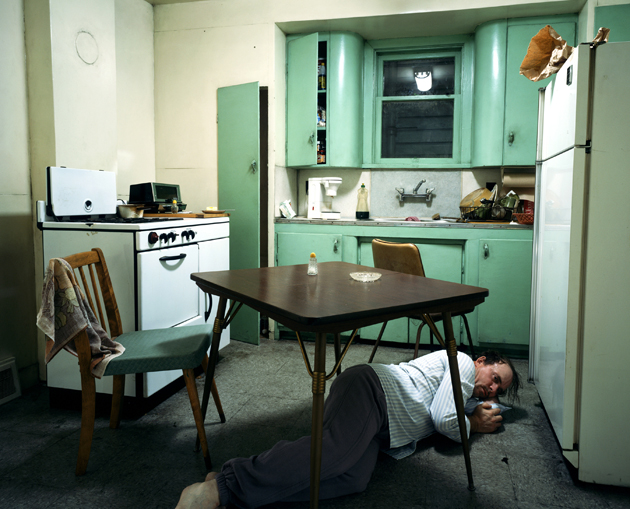
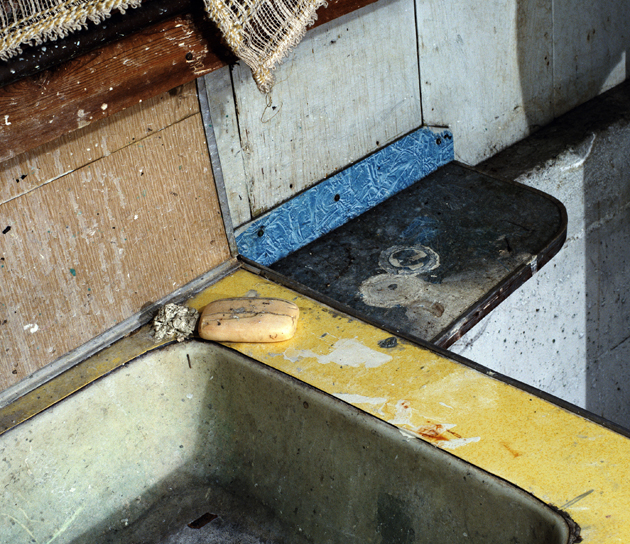
This is mostly related to the fact that his works are made through the use of see-through cibachrome, later assambled and exhibited with a light box. That confers to each work a status that goes beyond the steadiness of the shot to look more like a movie still frame. It’s not by chance that Jeff Wall has many times declared that he looks at his pictures as “cinematography”. They are images, supported by big size format, which aim at becoming out-and-out beaming screens where the artist, as an experimental videographer, suspends a symbolic and incisive frame of a full length movie we’ll never see. A simple still-life, which is not so “simple”, seems to suggest the artist. It contains – in its structure and in its definition as an artistic form and visual system – the history and tradition, which convey from century to century the shared idea about how to look at and depict things.
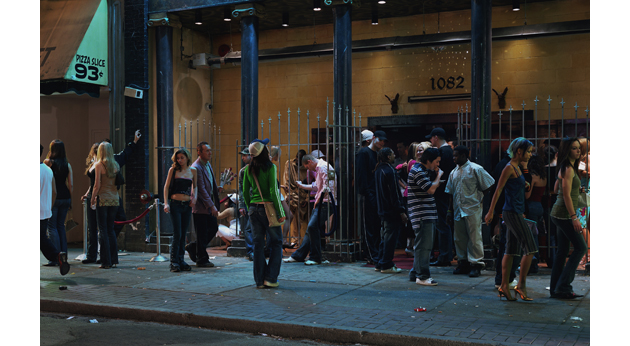
In his production, Wall seems to be interested in post French revolution art and in those masters who redefined visual art in a crucial moment of human history: between the rise of the new social order and the modern and contemporary costume, but above all, that unique moment that gave birth to photography. Delacroix, Courbet, Manet, Renoir, Degas and also the big masters of Ukiyo-e are not used as specious visual references, but as formal structures to confront with. Each single work is a small cosmos into which you can get lost, where the space is analyzed in-depth with a philosophical approach that assimilates Wall to the artists of the Renaissance, sometimes with a slightly hermetic attitude.
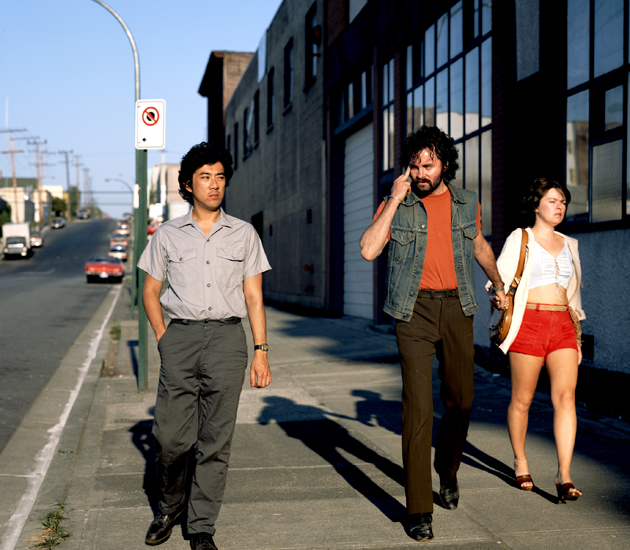
We can feel the awkwardness of the man lying on the kitchen table of Insomnia (1994), but this feeling is not instilled only through the performing skills of the leading actor, it is the geometric break of the composition that underlined his uneasiness. The fundamental work Citizen (1996) tells us about issues such as freedom, democracy and civilization. In a time when the domination of the images – the “iconosphere” described by McLuhan – debase the value of each visual signs, the accurate work by Jeff Wall is a referent artistic and philosophical point to investigate the artistic, social and politic role of our view: we, powerless spectators looking at the pictures of Abu Ghraib‘s tortures, could learn a lot from Jeff Wall’s Dead Troops Talk (1992). The enormous picture which seems to live midway of a photo reportage from the frontline and an episode of The Walking Dead, was analyzed by Susan Sontag who reports at the end of her essay Regarding the Pain of Others: “The figures in Wall’s visionary photo-work are “realistic” but, of course, the image is not. Dead soldiers don’t talk. Here they do.”
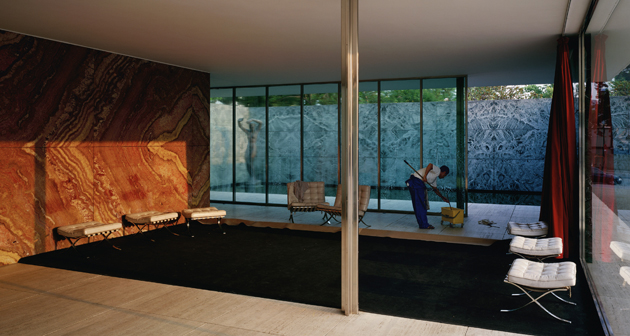
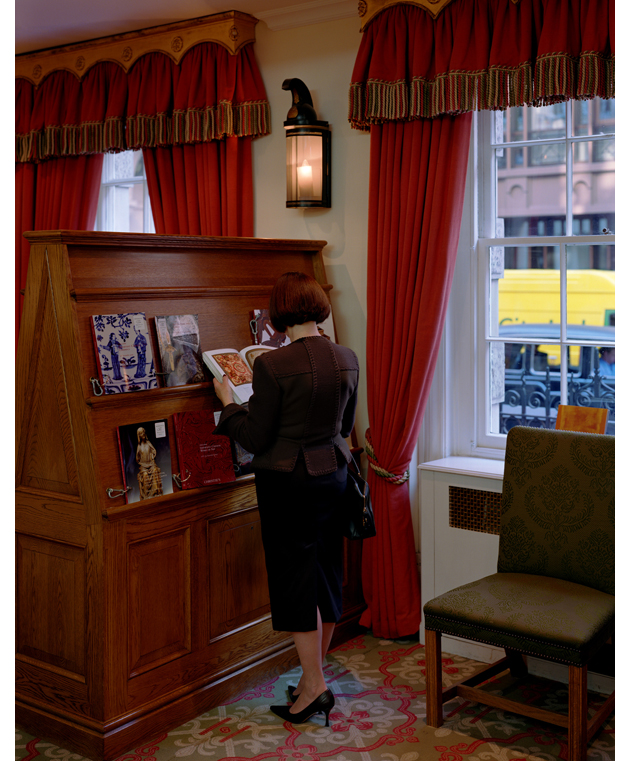
The exhibition will run until June 9.
Riccardo Conti, Editor’s thanks for translation to Monica Lombardi – Images courtesy of Jeff Wall
